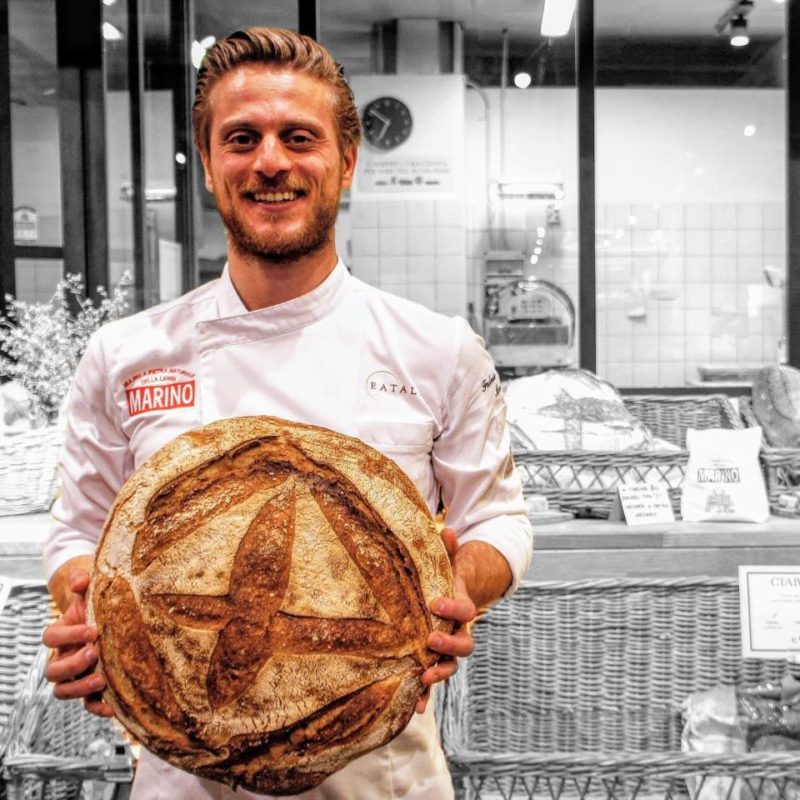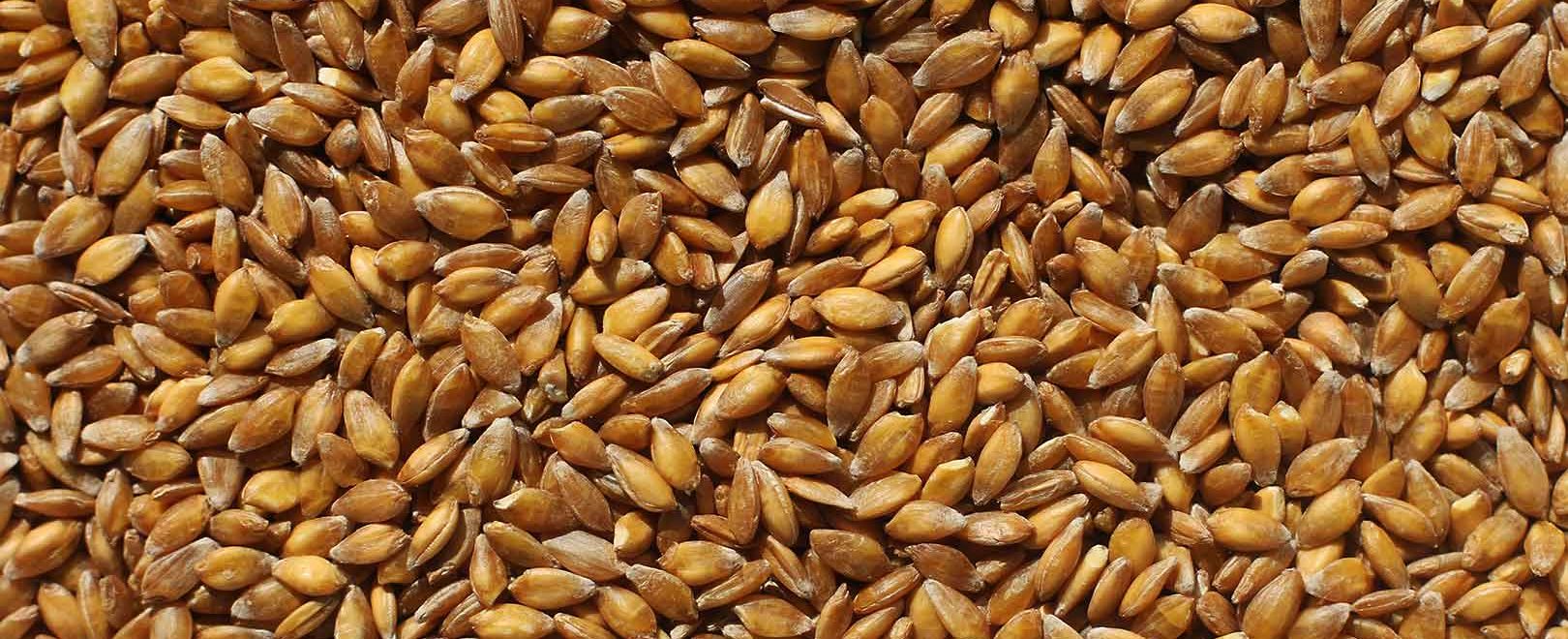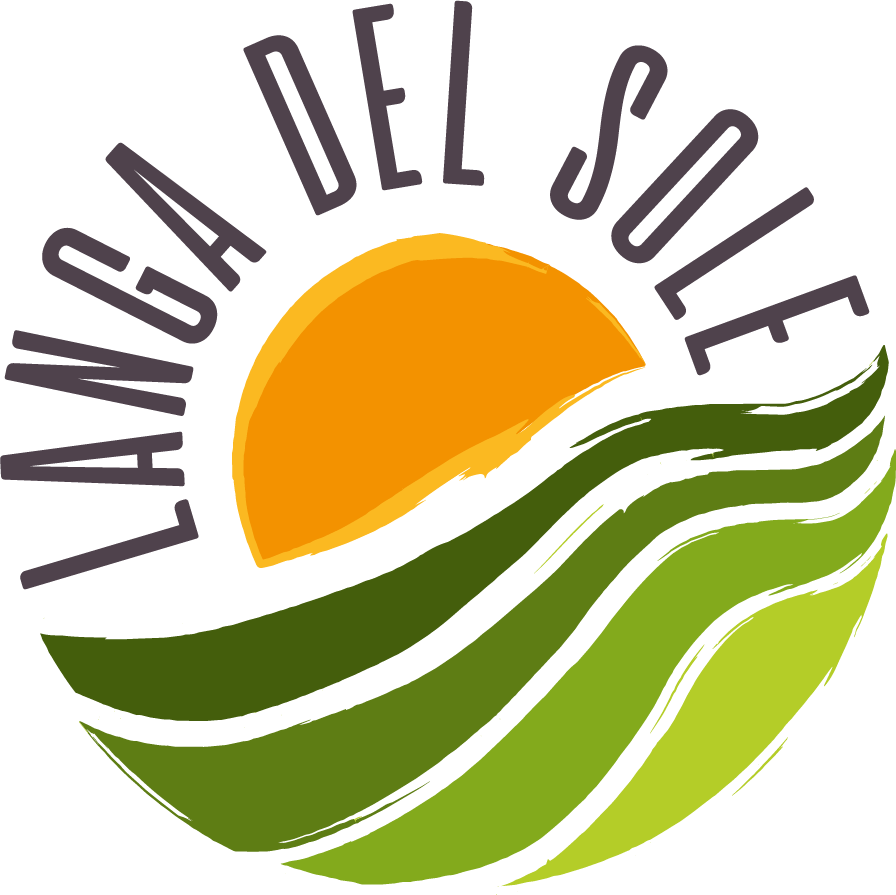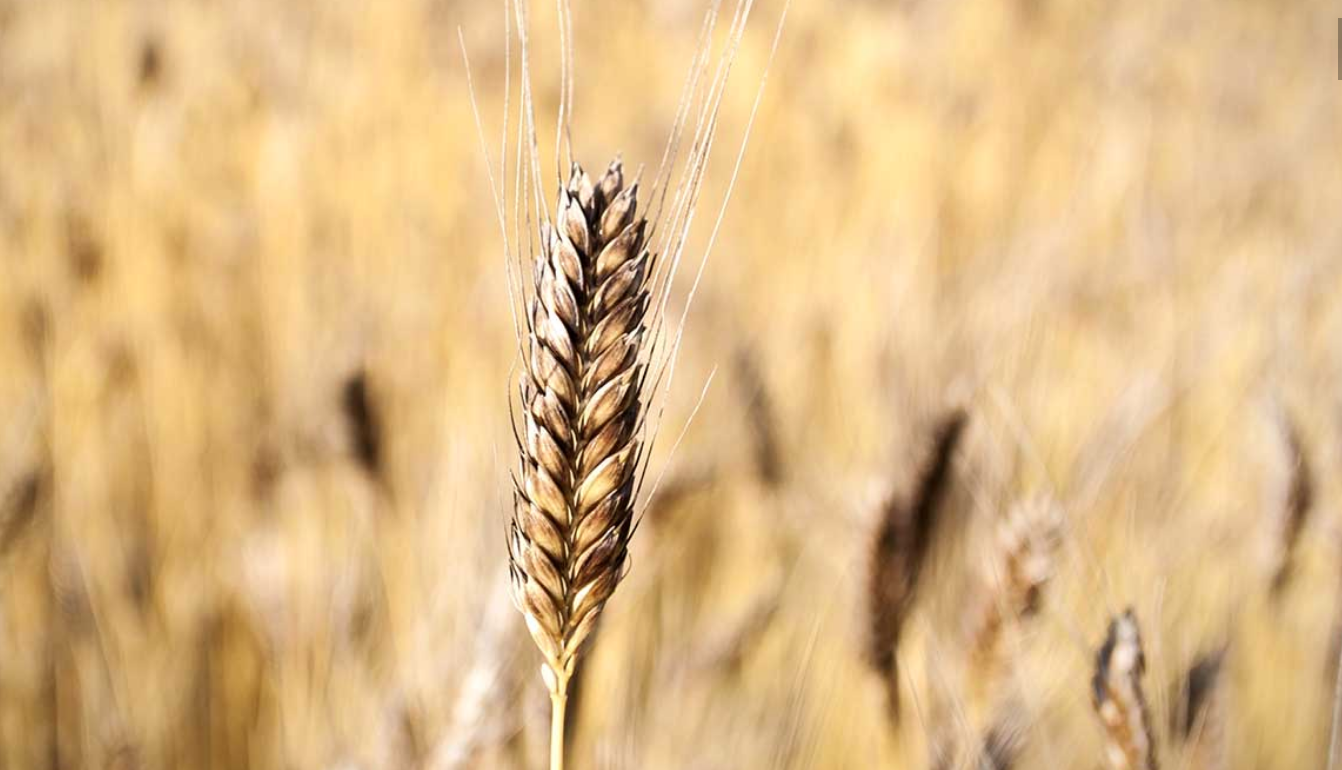Accidentally discovered due to a practical need, it has become the pride of the fields of the Alta Langa. Enkir, with the scientific name triticum monococcum, refers to one of the oldest species of cereals in the world, but today it represents a possibility of redemption for numerous farmers of the deep Langa and the recovery of marginal lands, which can be productive once again. In short, it is a future that comes from the past.
To find more about Enkir and its history, we have asked Fulvio Marino, third generation of Mulino Marino, a company from Cossano Belbo that has specialized in the production of stone-ground flour since 1956, paying particular attention to local, ancient and rare cereal varieties.
Just like how “rare” Enkir’s history is, currently farmed by the cooperative Sette Vie del Belbo: around 50 members cultivate more than 70 hectares of land at a height of 500 metres, located between Sale San Giovanni and Montezemolo, for an industry that employs around 200 people.

Fulvio Marino, how was Enkir born?
Enkir was born from a gluten intolerance that my uncle Flavio developed 20 years ago. It was a big problem for a miller! Together with my father, they began to choose cereal varieties that contained limited quantities of gluten. Back then, buckwheat, amaranth, quinoa and sorghum (gluten free cereals) were rarely grown, and they wanted to find something more similar to triticum, which is a variety of wheat (soft, durum and spelt). After keeping in touch with numerous institutes and universities, a researcher form Iran came and gave them a bag of small spelt seeds, it was the triticum monococcum, one of the oldest species of cereals in the world, domesticated by man around 7500 BC, in Middle East. That was our first encounter with Enkir.
And what did you do with that bag?
We sowed and reproduced it. For years, we have studied and examined it, trying to discover its history, reveal its secrets, know its productive capacity and the incredible taste it gives to bread. In this activity, we have been greatly helped by Alessandro Bertucci, a farmer from the area of Piacenza, a “nerd” of ancient grains, a real enthusiast who has put us in contact with the first producers and farmers who wanted to experiment with Enkir.
And from Piacenza Enkir has moved to Alta Langa?
Thanks to Bertucci, we came to understand that Enkir could perfectly adapt to the lands of the Alta Langa. Mulino Marino has committed to buying and transforming the entire production, provided there were interested and motivated farmers. Up until the post-war period, wheat was grown in the area between Bossolasco and Ceva, but hillside production could not compete with the new and intensive lowland agriculture. So it was not easy finding people who would believe in it and, most of all, who would understand Enkir’s “slow character”.

What does that mean?
Enkir is a type of cereal that must be cultivated while considering quality, and not quantity. It does not tolerate the use of fertilizers nor does it need weeding, because it grows higher than weeds, and thus it suffocates them. It is also perfect for crop rotation, since it does not need much from the soil. In return, however, it has very low yields.
In other words?
It produces only one third compared to common wheat and the farmer reaps it “dressed”, still needing to be decorticated, an element that affects its weight by 50%. This means that out of 100 kg of “raw” Enkir, Mulino Marino produces roughly 50 kg of flour. A positive side to be considered is that, if it is grown while paying sufficient attention to it and trying to ensure the right quality, it can be paid five times as much.
Is Enkir not a single variety?
Enkir is the name that we have given the project. In reality, “inside the bag of the Iranian researcher” there were many varieties of ancient grains belonging to the same species, which we have selected. This means that when it is planted, Enkir does not have a uniform appearance similar to an intensive agricultural field, but its colour can vary: it goes from white, to bright yellow to black. It does not only have an extraordinary chromatic effect, but it gives the possibility to preserve a remarkable biodiversity, which reduces the possibility of disease contagion and also the number of treatments needed. It is a highly resistant cereal variety because it is different: diversity brings strength and flavour.
And flavour?
Exactly. Once it is ground and used, the flavour of the various species of monococcum that make up Enkir releases an incredible depth of flavour and a more intense aroma. Most importantly, Enkir is suitable for gluten intolerants, because the sugar contained is easy to digest and its glycemic index is very low. Even my uncle came back to enjoying the fruits of his flours!


Post a cura della Redazione di Langa del Sole

